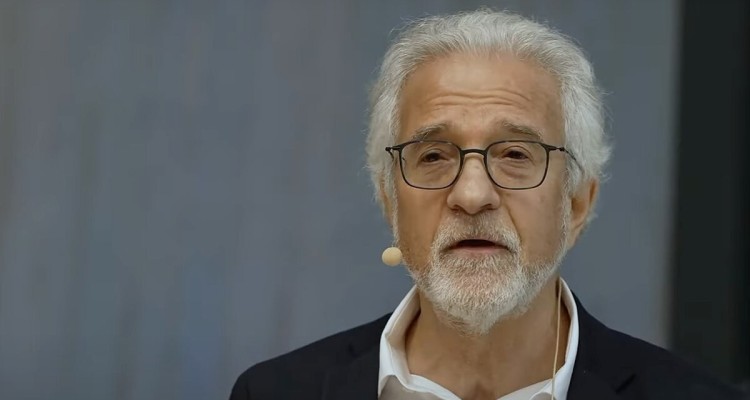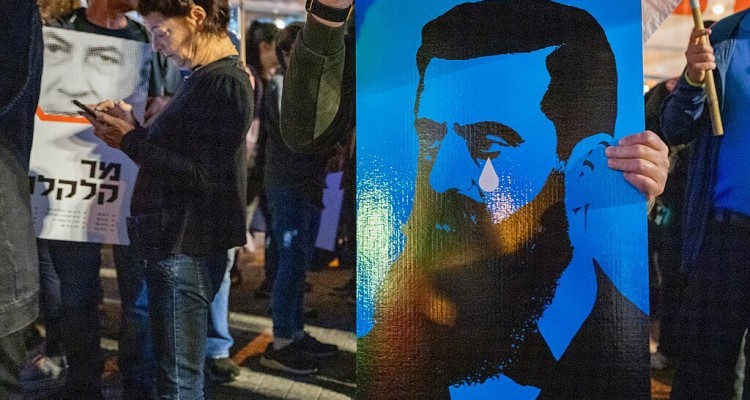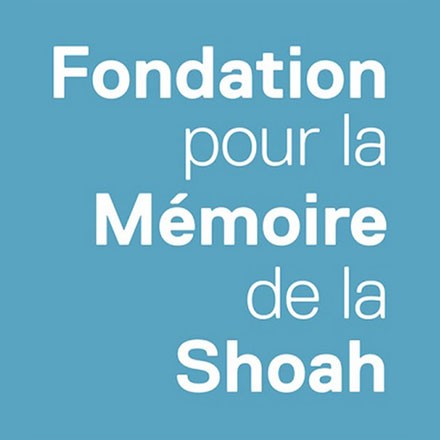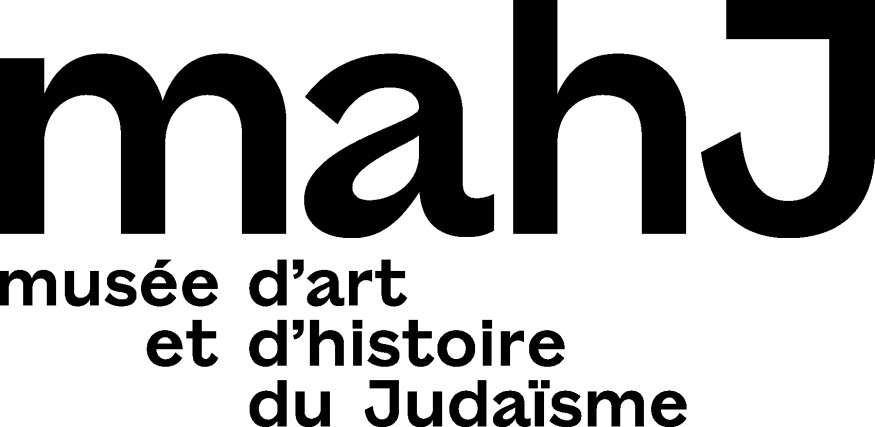Chambon-sur-Lignon, a Protestant town, is the only Is the only French municipality to have been honoured – in the name of the entire Plateau Vivarais-Lignon – with the title of “Righteous Among the Nations”. On 10 August 1942, a group of young people read a letter of public protest against the Vel d’hiv’ roundup and the persecution of the Jews in front of the Temple. This year, on the occasion of the “march of remembrance” organised every 10 August in this hallowed site of French history and memory known for hosting refugees (since the Spanish war), Resistance fighters and Jews hunted by the Nazis, Nathalie Heinich will read a text about the presence of both Albert Camus and André Chouraqui in Le Chambon-sur-Lignon from August 1942, which K. is pleased to publish this week.
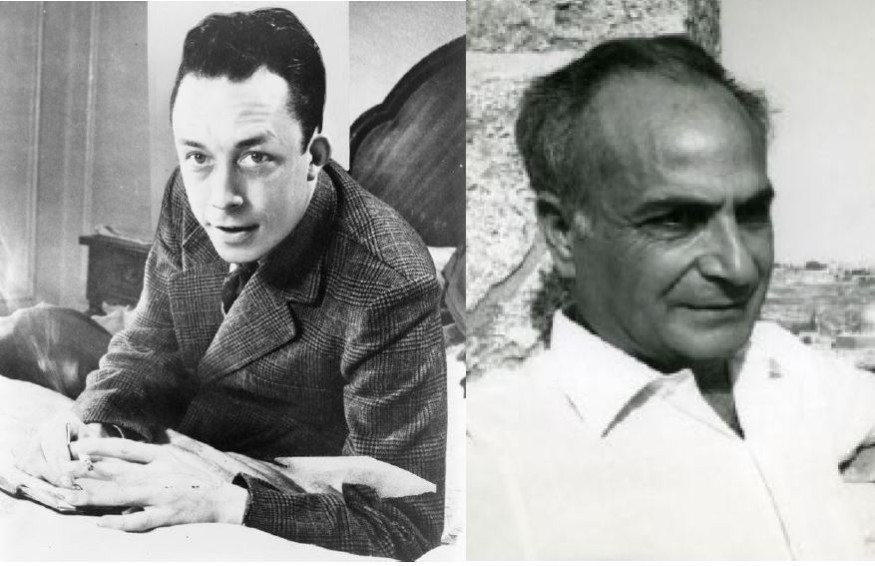
In August 1942, war had been declared nearly three years earlier, defeat had been suffered more than two years earlier, and the Vel’d’Hiv roundup had taken place a few weeks earlier, marking a turning point in the persecution of the Jews by the Vichy regime and the German occupiers. Far from Paris, on the “plateau” Vivarais-Lignon, two young men arrived at the small train station of Chambon-sur-Lignon, probably not on the same day but, as one of them will testify, “around the 20th or 25th of August.[1]” Their names were Albert Camus and André Chouraqui, and they already knew each other. One was accompanied by his wife and the other by his companion – Francine for the former, Colette for the latter.
Albert and Francine settled in the hamlet of Panelier, on the commune of Le Mazet-Saint-Voy, in a guesthouse run by Francine’s aunt’s mother-in-law – an Alsatian Protestant by the name of Sarah Oetly – in a fortified home built in the eighteenth century by a family of Huguenot notaries and situated “in a landscape of springs, meadows and woods,” as Chouraqui will describe it in his autobiography. André and Colette went a little further, to the hamlet of Chaumargeais on the commune of Tence, where a doctor who was a friend of Pastor Leenhardt, Dr. Paul Héritier, graciously made his vacation home available to them[2].
Certainly, one would have liked to imagine that Camus and Chouraqui would have been present at Le Chambon on August 10, the day of the visit of Cabinet Secretary Lamirand, who was confronted by a group of young people at the Protestant church, who publicly protested the July 17 roundup and persecution of Jews, thus inaugurating the first act of civil resistance on the Plateau – this act that we have commemorated every August 10 since the creation of the Friends of the Lieu de Memoire association in 2014. But no: history does not always give such gifts, and on August 10, 1942 – exactly eighty years ago – Camus was probably on his way from Oran to Marseille, and Chouraqui was still hiding in Clermont-Ferrand from where he was desperately seeking refuge from the hunt after the July 8 decree of expulsion of the Jews.
But still: history does not make things so bad, since it is at about the same time that they took the same train to find themselves, a few kilometers away, in the same place – far from everything.
What Brought Them Together
It was not only this happy coincidence that brought them together, but also a certain number of common points. First of all, their roots in Oran: Chouraqui was originally from there, as was Francine Camus, and they had already met there[3]. Chouraqui testifies: “We had in common our love of the Mediterranean, our Algerian roots, many friendships in the circles we frequented in Algiers and Oran. Our stay in Haute-Loire strengthened our ties: since November 11, we have been made ´comme des rats,’ cut off from our families. He comes to see us all the more willingly at Chaumargeais because he finds there a cuisine whose taste he would be in danger of forgetting, that of our native Algeria.[4]”
They also have in common their youth: twenty-nine years for Camus, who was still at the time a young hope of French letters after the success of The Stranger; twenty-five for Chouraqui, who was still hesitating between a career as a lawyer, hindered by the prohibitions to practice, and his interest in Hebrew studies. Here, we must make an effort at retrospective contextualization, since it is true that all the great ones began small: for us today, “Albert Camus” is synonymous with a great writer, a Nobel Prize winner in literature who disappeared early, an intellectual light in a political landscape of post-war France blurred by Stalinism; but at the time, he was still a young writer of very modest origin, a scholarship holder, originally from Algeria, who had only recently “risen” to the capital. Likewise, “André Chouraqui” evokes a famous translation of the Bible and, for those who know a little about the history of Israel, the advisor to President Ben Gourion and the deputy mayor of Jerusalem in 1965, after having been after the war the deputy secretary general and then the permanent delegate of the Alliance Israelite Universelle. But in August 1942, neither of them knew yet that they would become, each in their own field, celebrities.
Their third common point, after Oran and youth, is the Resistance, in which both participated but through different networks. We know that Camus took advantage of his time in Saint-Étienne to establish links with the Lyon resistance – he had false papers made out in the name of Albert Mathé – and that, on his return to Paris, he contributed actively to the underground newspaper Combat. Chouraqui, on the other hand, had made s with the OSE (Oeuvre de secours aux enfants) and the Garrel network, and he took advantage of his forced stay in Haute-Loire to help Jews seeking refuge, and in particular children, for whom he found – still pedaling his bicycle – a number of hiding places in the surrounding farms[5]. Were they both aware of each other’s clandestine activities? Probably, but it does not seem that their writings have kept any trace of such complicity. Was Camus in contact with the maquisards (Resistance fighters) of the armed resistance on the Plateau? Here again, we know nothing about it. On the other hand, Chouraqui, through his proven links with the pastors of Le Chambon – André Trocmé and Édouard Theis – was closely linked to the civil resistance, through aid to refugees, and to the spiritual resistance, through those “weapons of the spirit” that Trocmé invoked from his pulpit to incite his flock not to collaborate, in line with his pacifist convictions[6].
Their fourth and last common point was a privileged relationship with nature, imbued with a passion charged with spirituality (“To those who have not experienced the intoxication that nature can provide, it is useless to talk about it; to others, it is superfluous,” wrote Camus). Let us listen to Chouraqui: “And I danced, solitary, on my bicycle, singing my joy over this land that I loved in a human, almost sensual way. Colette had remained behind me, but this land where I was moving forward was more than a friend to me. Every tree, every flower, every fruit was a match for my fervent gaze in the light of spring.[7]” And let us listen to Camus: “Panelier. Before sunrise, above the high hills, the fir trees are indistinguishable from the undulations that support them…Thus and against the barely faded background of the sky it looks like an army of savages surging from behind the hill. As the sun rises and the sky brightens, the fir trees grow and the barbarian army seems to advance… Then, when the sun is high enough, it lights up the fir trees at once as they roll down the mountainside.[8]”
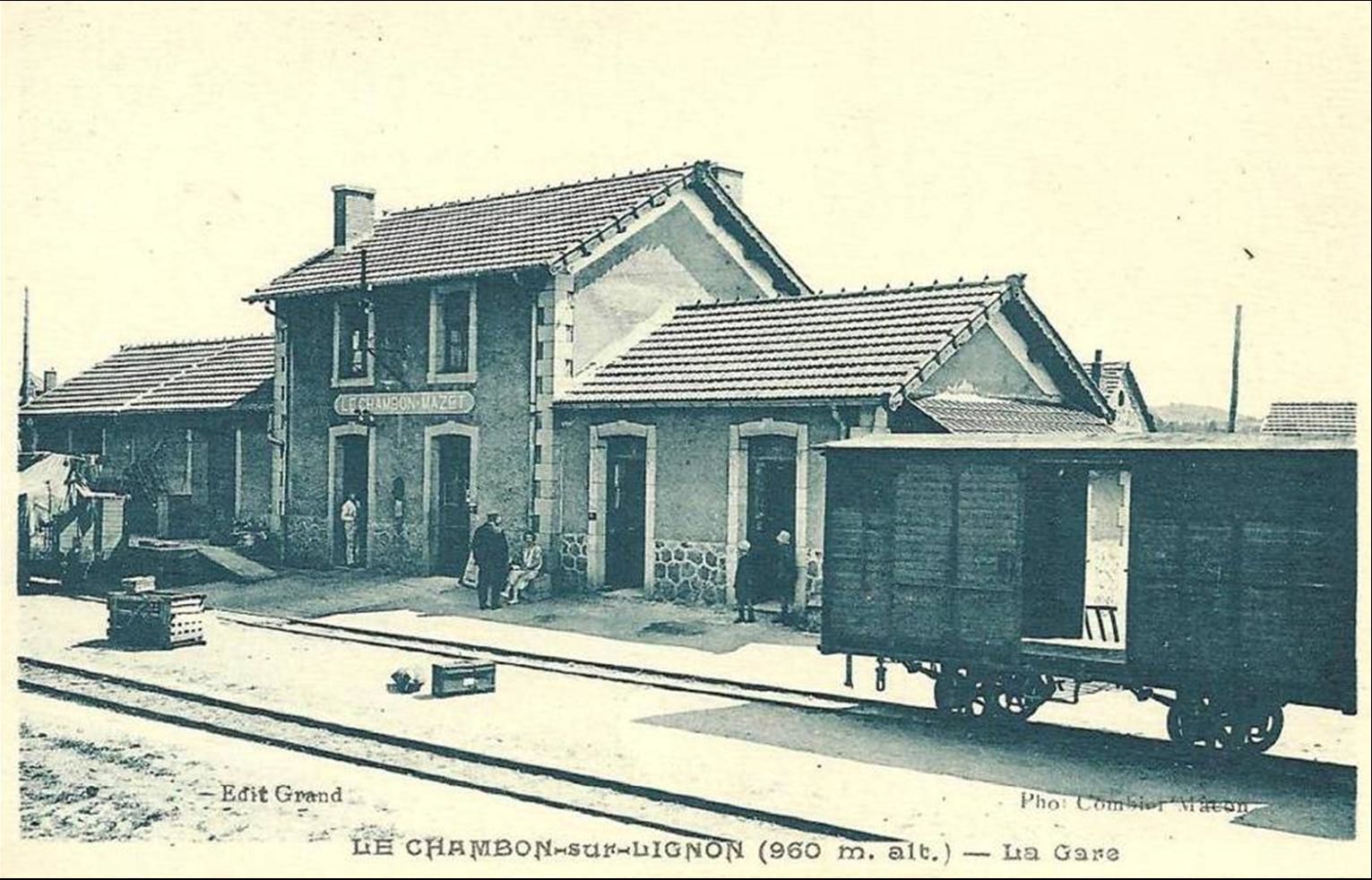
What Separates Them
All these common points, and the happy chance which made them find themselves at the same time on the Plateau, should not mask however all that separates them, and in the first place the reasons for their exile. For Camus, it is the disease: tuberculosis which had broken out and from which he tried to cure himself thanks to the air of the Plateau, renowned for its purity, to the point that tourists went to Saint-Agrève, a nearby village, to make “air cures” there. Now Colette is affected by the same disease, which allows Camus to confide in the couple about “this tuberculosis which he refuses to talk about, as a weakness that it is incongruous to display in public[9]”.
For Chouraqui, the reason for his exile was quite different: it was the persecution of the Jews, which, following the promulgation of the Statut des Juifs, forced him to resign from the Oran bar, which he had joined as a young lawyer in 1940. Having studied Hebrew and Jewish thought at the École Pratique des Hautes Études and at the Séminaire Israélite in parallel with his law studies, he left for Clermont-Ferrand in November 1941 to attend the rabbinical school there. And it was thanks to his links with Protestants that he came into contact with the pastor of Tence and found in Chaumargeais an unexpected refuge – and all the more convenient because the house of Dr. Héritier, with a small garden in front, had a door at the back that allowed him to escape into the woods in case of necessity. Chouraqui was thus the first Jewish intellectual to take refuge on the Plateau, if we except the case of Alexandre Grothendieck who, while still a teenager, had just been exfiltrated from an internment camp by the Secours suisse” [Swiss Rescue] and had been welcomed at Le Chambon in June 1942 in a children’s home.
What separates them, moreover, is their experience during the time of this stay. It lasted fourteen months for Camus, who was to leave in the fall to join Francine, who had returned to Oran and then found himself “trapped” by the invasion of the southern zone; and two years for Chouraqui, who did not leave Chaumargeais until the summer of 1944. Camus, if we are to believe his rare testimonies of this dark period of his life, was bored to death there, fishing in the Lignon or in the Ligne, which flow close to Le Panelier; and – even so – writing, since it was there that he wrote most of The Plague, published in 1947.
He also composed a play there called The Misunderstanding, of which he said: “The Misunderstanding is certainly a dark play. It was written in 1943, in the middle of a surrounded and occupied country, far from everything I loved. It bears the colors of exile.” This reveals the color – quite gray – of Camus’ life during these long months spent on the Plateau. He wrote on November 5: “I’m getting tired of the overcast skies and snowy roads. It is really exile! This country weighs on me. I have never thought so much about light and heat”; and to Francis Ponge, almost a year after his arrival, on July 11, 1943: “Still here, without much hope now. But the atmosphere is annoying. A boarding house is already annoying. But a Protestant boarding house, that gets you into heaven without knowing it. Everything is crying, and except for one or two faces, everything is ugly. (…) No, my last word is not despair. But I have merit in it. For the moment it is ´patience’ as to conduct, and ´poverty’ as to morals. That doesn’t stop me from being fed up with this country, and the misery, and the unhappiness one encounters in the cities. Don’t you think that the mind needs its share of beauty and happy freedom – and that this prolonged life for years would leave us with a mutilation worse than a slashed stomach.” At the very least, Camus was ambivalent about this forced exile: “I have created an intrigue with this country, that is to say, I have reasons to love it and reasons to hate it,” he noted on January 15, 1943; at worst, he found himself downright unhappy about it (which would not, however, prevent him from returning there several times on vacation after the war).
In comparison, Chouraqui’s experience is distinctly happier: “The ´very modest’ house seemed to us to be a palace of a thousand and one nights where Colette and I were to live, in the midst of universal tragedy, the happiest and most fruitful years of our life together,” he recalls in his autobiography[10]. It must be said that he benefited from the presence of his companion, the friendly complicity of his grocery store owner neighbors who assisted him in his clandestine activities, as well as the relationships he forged with some of the great Jewish intellectuals who also took refuge in the vicinity – Georges Vajda, Jules Isaac, Jacob Gordin, Georges Levitte and, from April 1944 on, Léon Poliakov, who met a few hundred meters from Chaumargeais in what they ironically called “the school of the Prophets.[11]” Moreover, his intense activity in the civil resistance, through the rescue of hundreds of Jewish children, certainly gave him the feeling that his presence on the Plateau, beyond his own safeguarding, was part of a mission of general interest. Finally, in his quiet moments he was able to devote himself to a translation activity that must have proved sufficiently fascinating to determine a vocation that would later take shape in his translation of the Hebrew Bible.
In short, Chouraqui seems to have experienced his stay on the Plateau with a happiness inversely proportional to that of his friend Camus: a happiness and unhappiness that would be reversed in the immediate post-war period, when Chouraqui underwent a psychotic episode lasting several months following the discovery of the camps, while Camus found within Combat an intense Parisian and intellectual life, coupled with an unquenchable creativity and a love life renewed by the passion he shared with Maria Casarès.
But at this point we have strayed from August 1942, when Albert and André met again, a few kilometers away, in this remote country which they hoped would save them, one from illness, the other from deportation – and which, indeed, saved them, as it saved so many others.
Nathalie Heinich
NB: This text will be read on the occasion of the “March of Remembrance” organized on August 10 in Le Chambon-sur-Lignon : the program is available on the website of the Association des amis du Lieu de Mémoire and at the tourist office of Haut-Lignon (tel. 04 71 59 71 56).
Nathalie Heinich, a sociologist at the CNRS, is linked to the Chambon region through her family history, narrated in three autobiographical accounts: ‘Une histoire de France’ (Les Impressions nouvelles, 2018), ‘Maisons perdues’ (ed. Thierry Marchaisse, 2013) and ‘La Maison qui soigne’ (ed. Thierry Marchaisse, 2018). She curated the exhibition ‘Ecrivains et penseurs autour du Chambon-sur-Lignon’, shown at the Lieu de Mémoire du Chambon in 2018 and at the Maison des Sciences de l’Homme in Paris in 2019.
Notes
| 1 | André Chouraqui, L’Amour fort comme la mort. Une autobiographie, éditions du Rocher [1990], 1998, p. 242. |
| 2 | “For Colette and for me, salvation came from a friend of Roland [Leenhardt], Doctor Paul Héritier. As soon as he heard that we were seeking refuge in the region, he came to me: ‘My childhood house, in Chaumargeais, is at your disposal. We come there only in the summer, but we will find another solution for our vacations, next year and if necessary until the end of the war. You can do what you want with this place, for you and for all the activities you want to organize there. Our hearts go out to you in your resistance to persecution. Of course, you will not have to pay anything for your stay.’” (ibid. p. 233) |
| 3 | “I had met Camus, his wife Francine and his sister-in-law Christiane Faure in Oran, where they had been living in since January 1941. We met one evening, between Saint-Étienne and Saint-Agrève, on the train that I often took with my refugees to roam the Cevennes countryside. He took this train to maintain his pneumothorax: every twelve days, he went to Saint-Étienne to undergo his insufflations.” (ibid. p. 242) |
| 4 | Ibid |
| 5 | ”I was part of a resistance network, and as such we camouflaged all sorts of people in danger of being deported, mainly children. We rescued them from the risks that threatened them, providing them with false papers and a safe haven. The area I was assigned to was where Pastor Roland Leenhardt had helped me find a safe haven. With the support of Pastors Trocmé, Theis and several of their colleagues, we had placed hundreds of children and families in the area who had been rescued from deportation.” (ibid. pp. 146-147). |
| 6 | Cf. in particular A. Trocmé, Memoires, Geneva, Labor et Fides, 2020. |
| 7 | A. Chouraqui, L’Amour fort comme la mort, op. cit. p. 207. |
| 8 | Quoted in Gérard Bollon, Les Séjours d’Albert Camus sur le Plateau Vellave (1942-1952), 2006 (all quotes from Camus are from this work). |
| 9 | “He knows that Colette suffers from the same disease as him, this tuberculosis of which he refuses to speak, as of a weakness that it is incongruous to show in public. With me, it’s different: I belong to the same family to which he belongs since the beginning of the year, that of the spitters of blood, his own blood, and I, by marriage, that of Colette. He asks me precise questions: what is the nature of my wife’s tuberculosis, the periodicity of her hemoptysis, the evolution of the disease. We saw each other regularly at the Panelier or in our wagon: there, at night, we talked at length about everything that was important to us. (A. Chouraqui, L’Amour fort comme la mort, op. cit. p. 242) |
| 10 | Ibid. p. 233. |
| 11 | Cf. N. Heinich, Écrivains et penseurs autour du Chambon-sur-Lignon (exhibition catalog), Brussels, Les Impressions nouvelles, 2018. |

